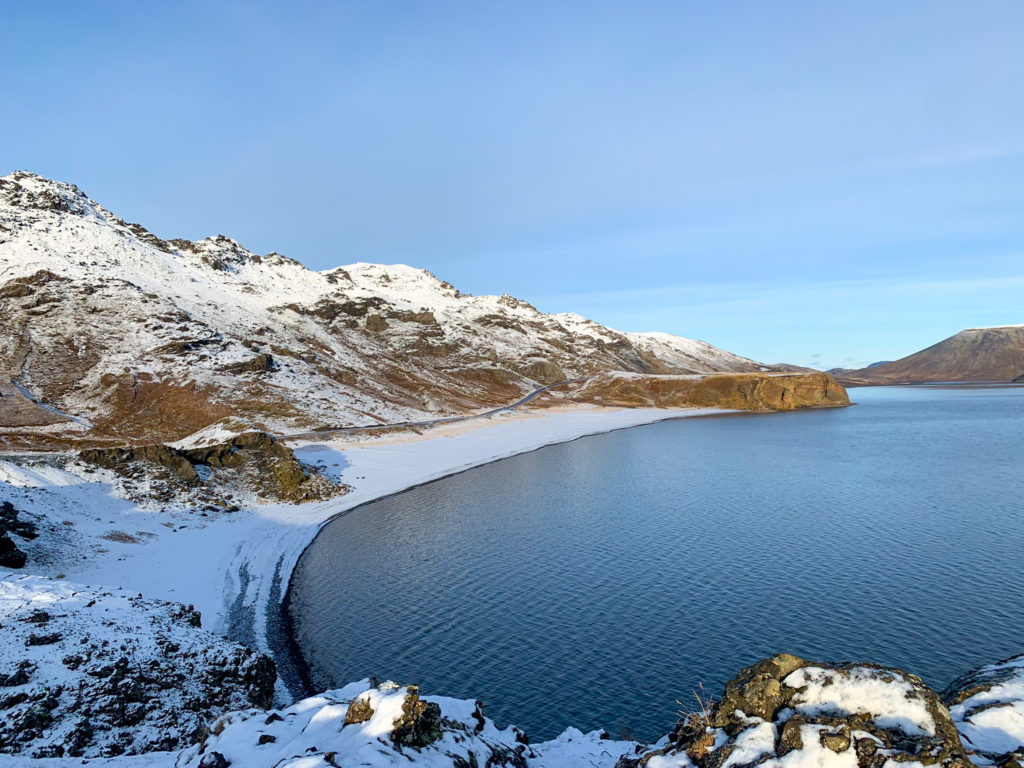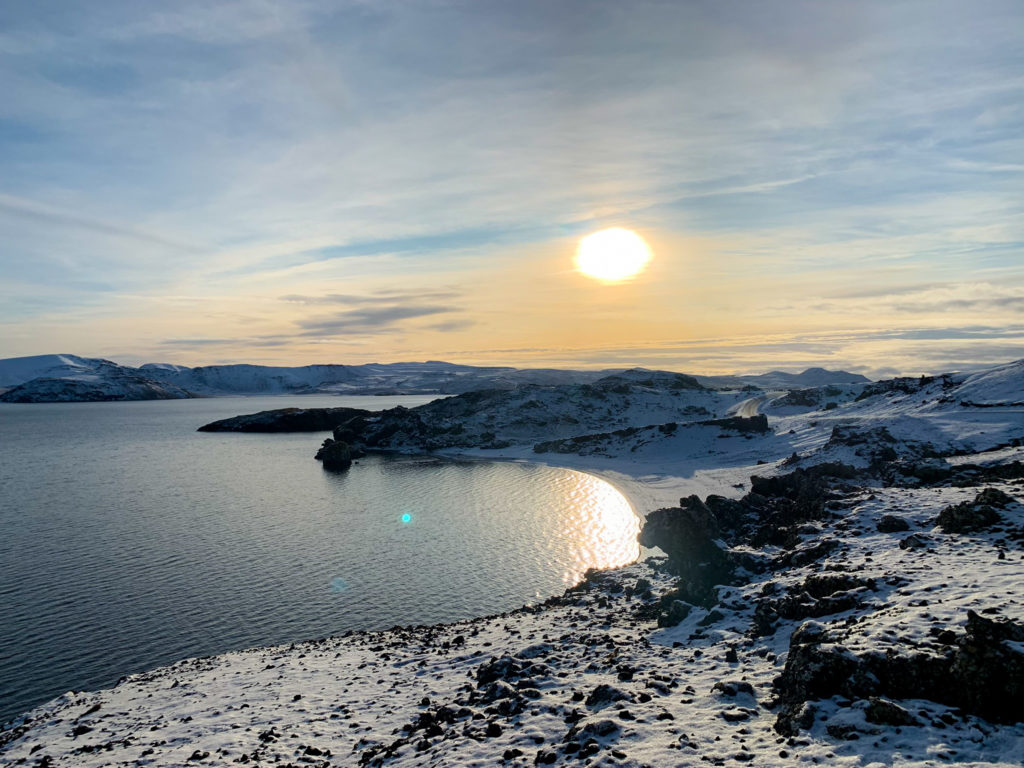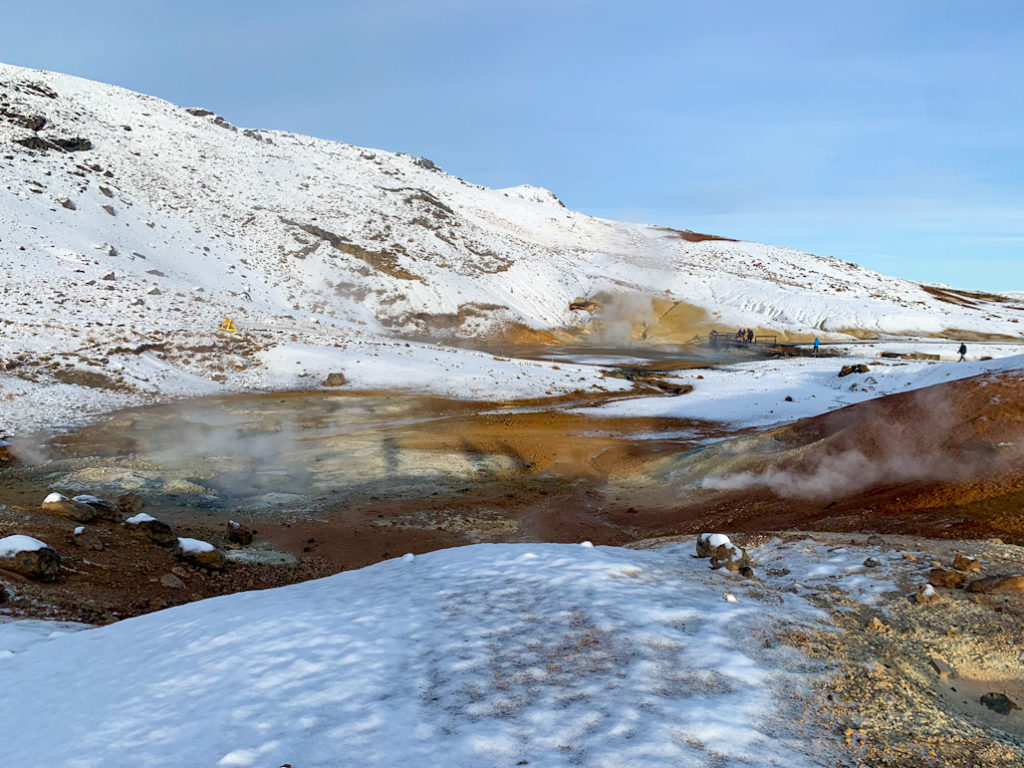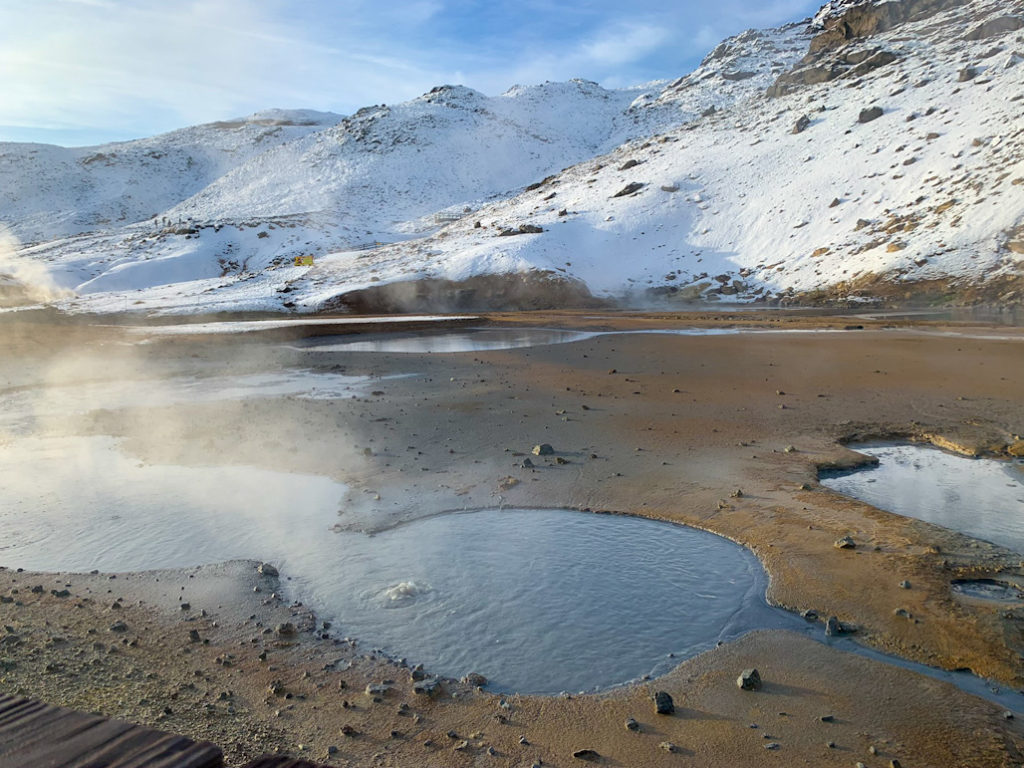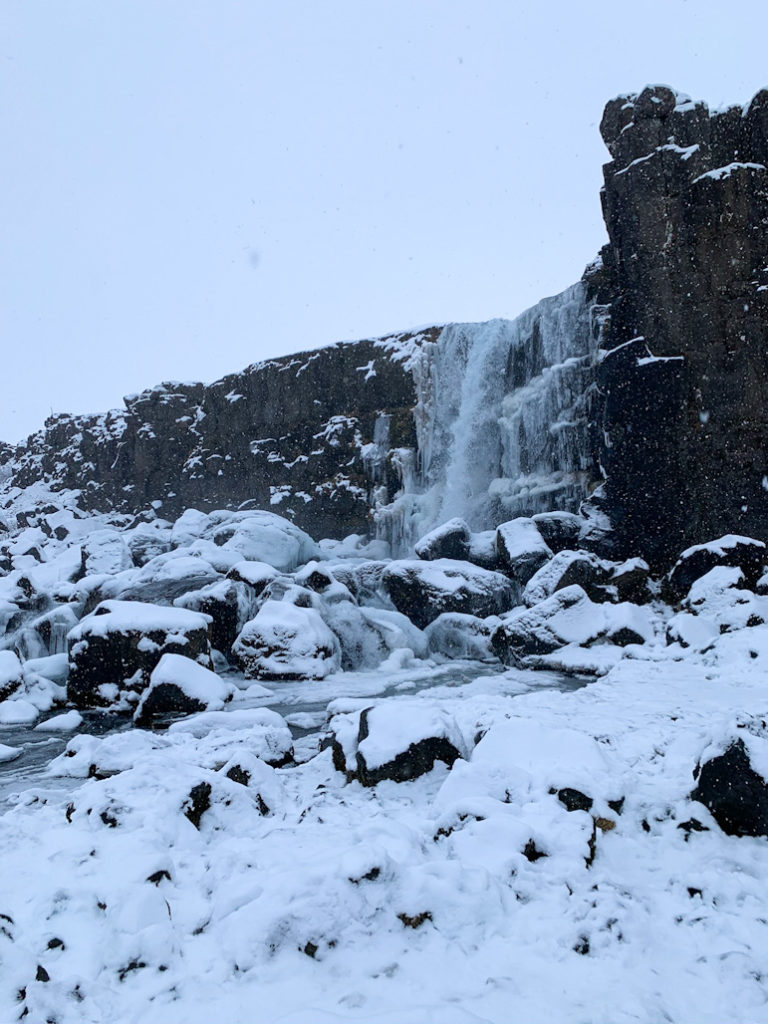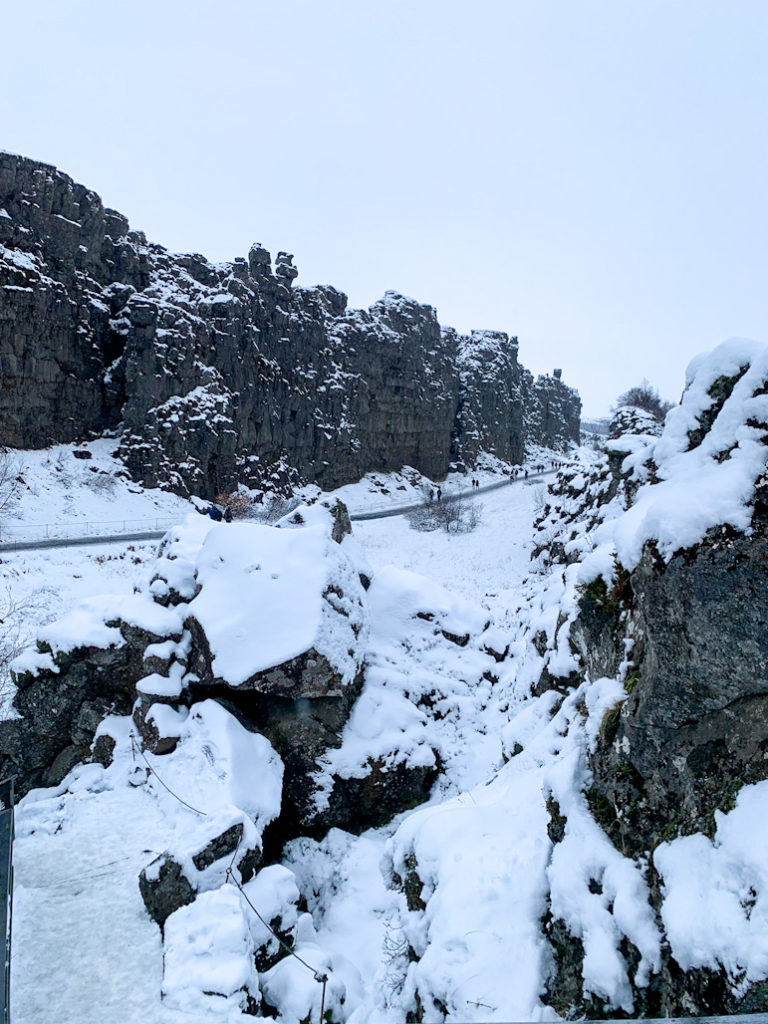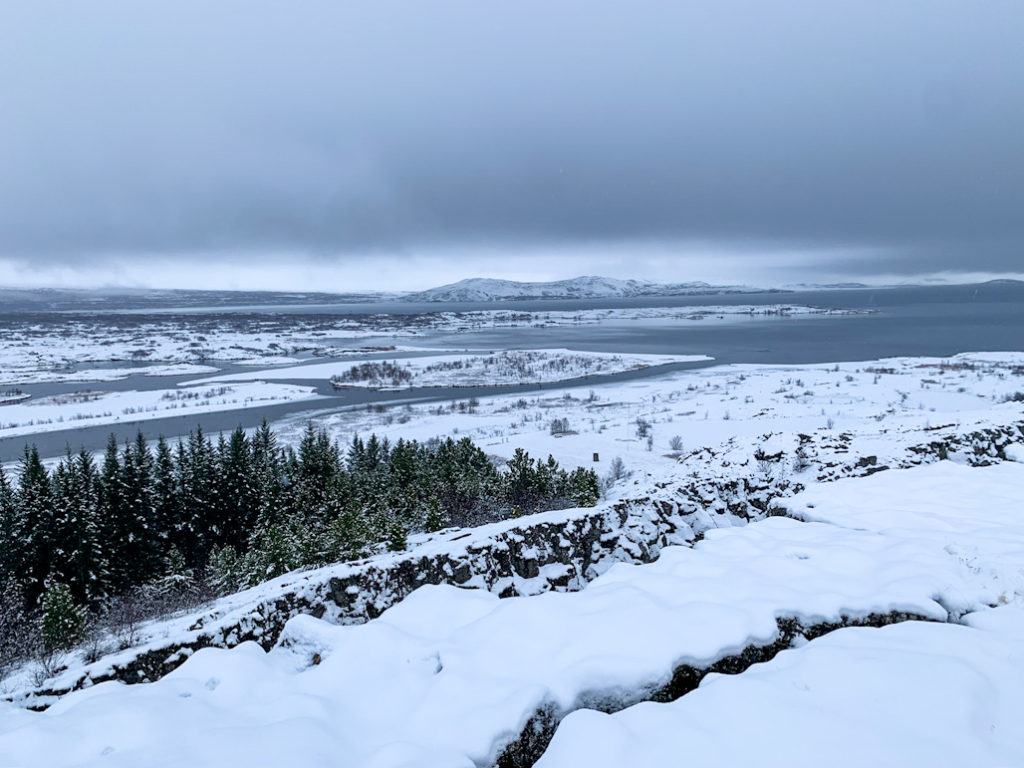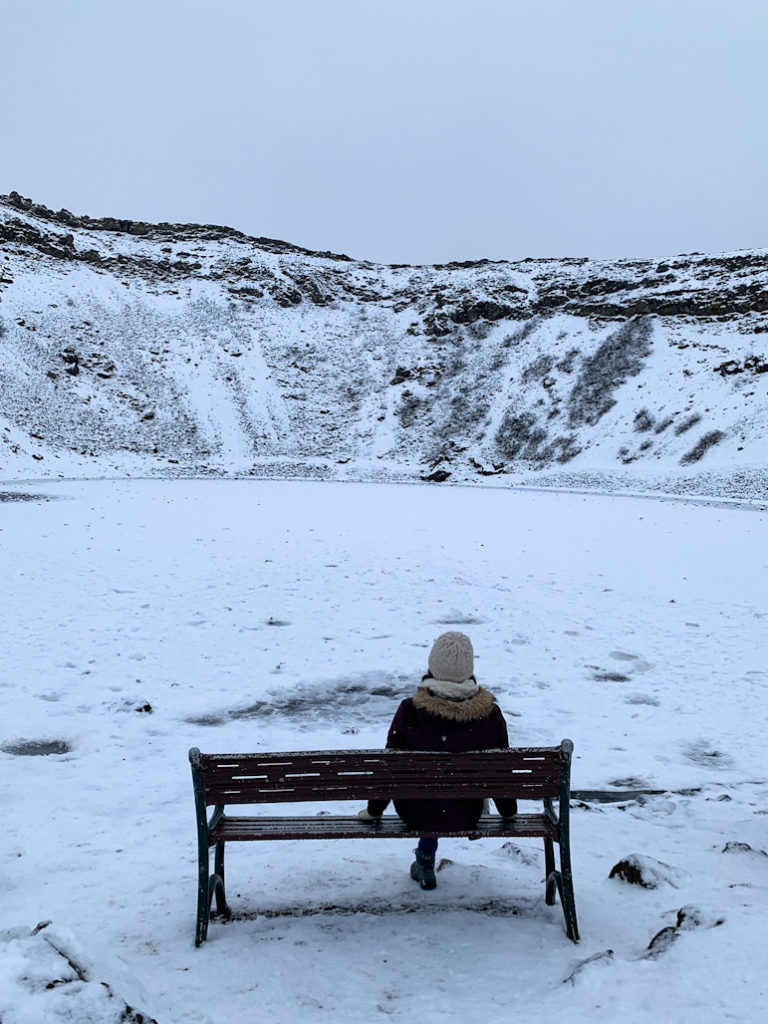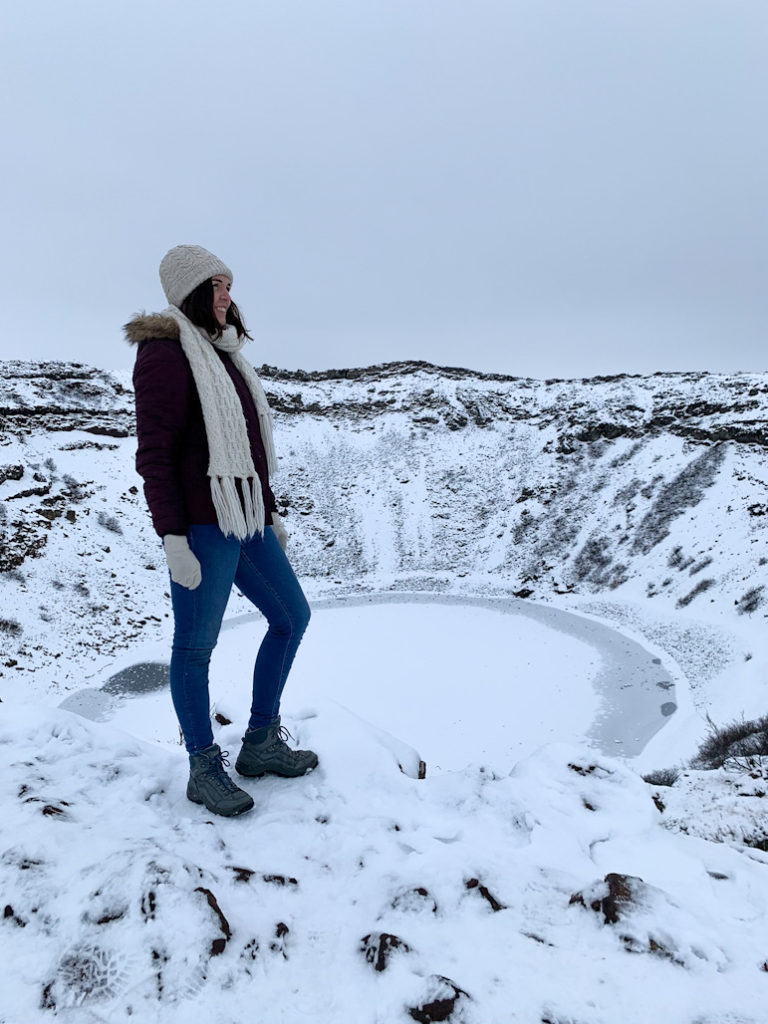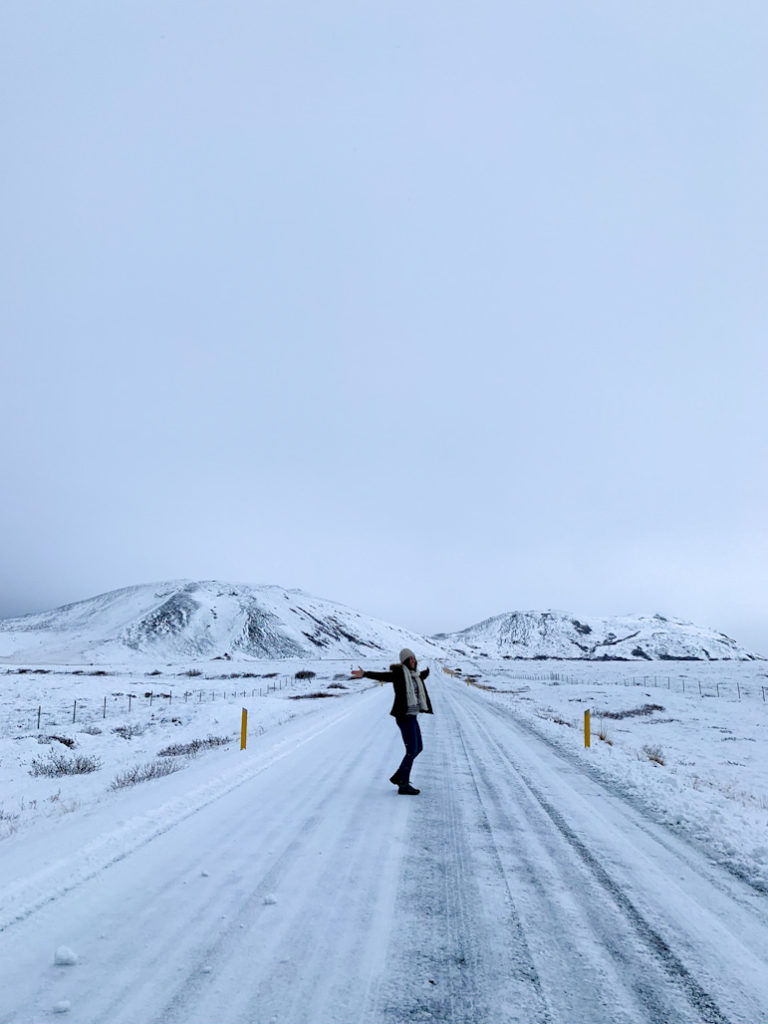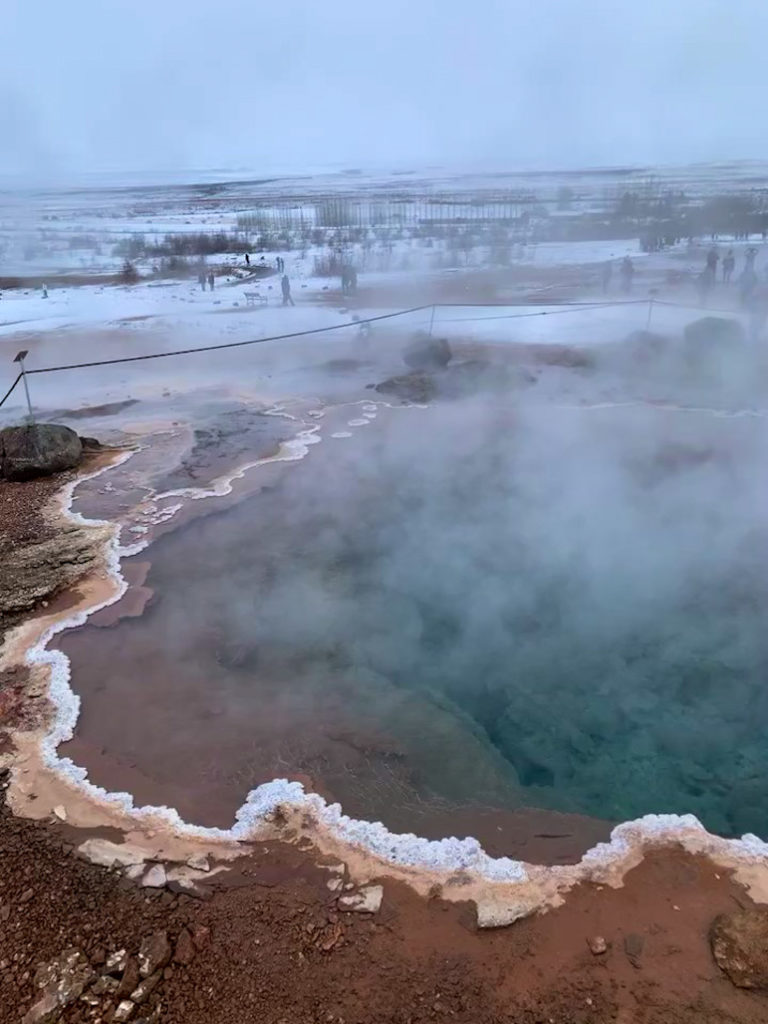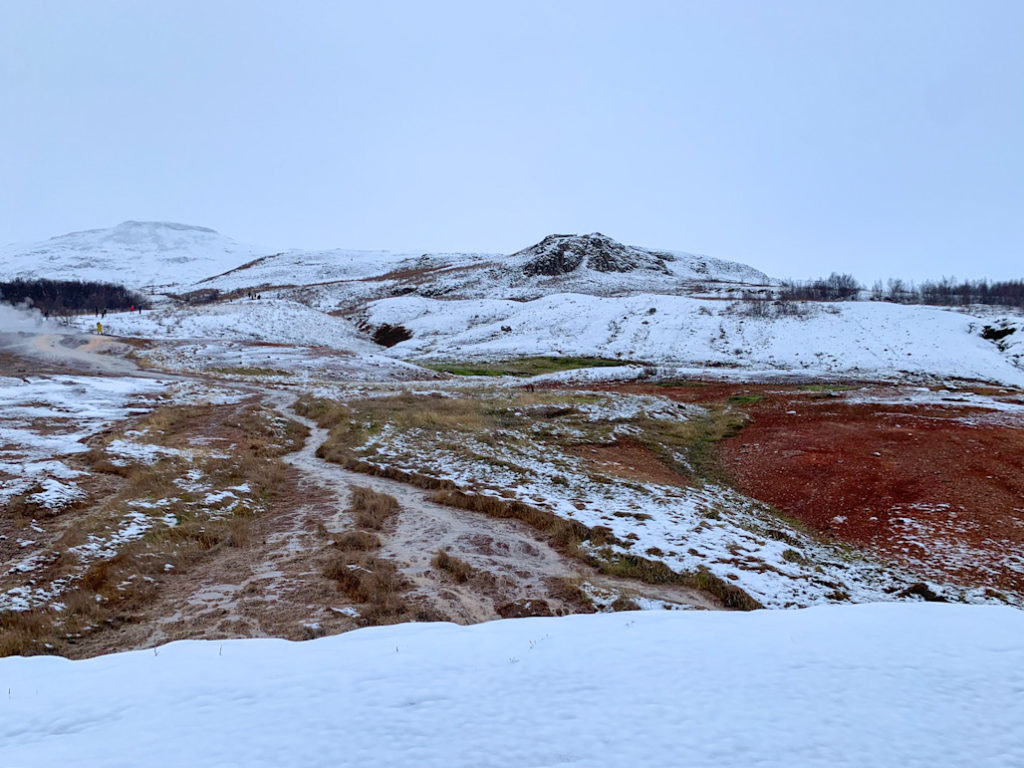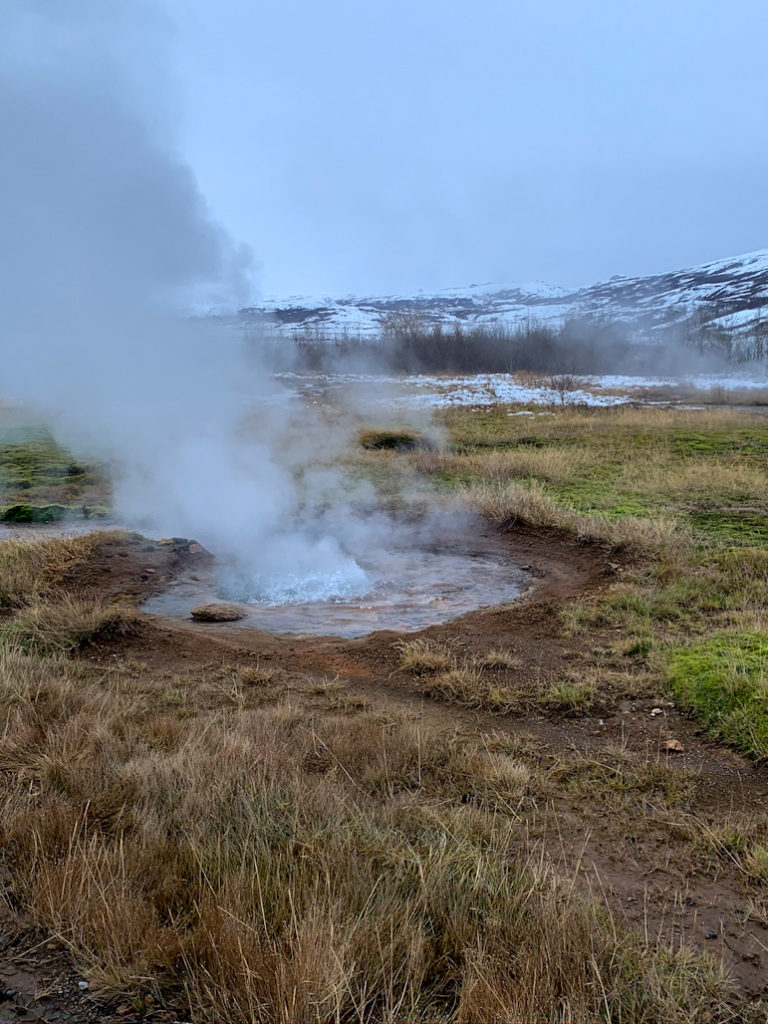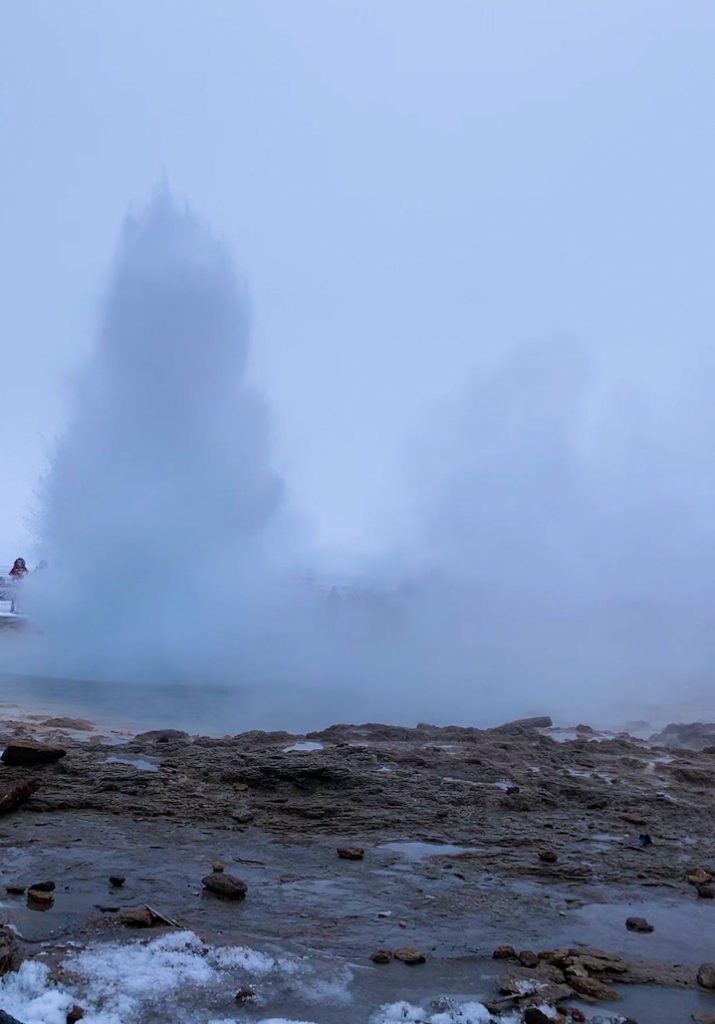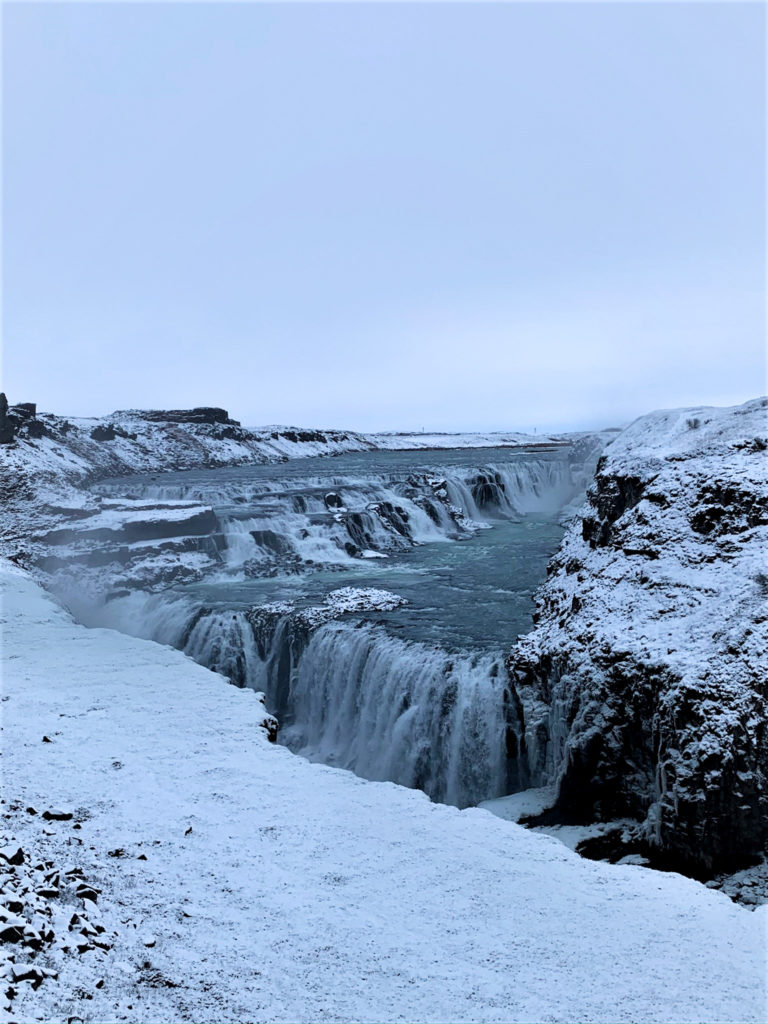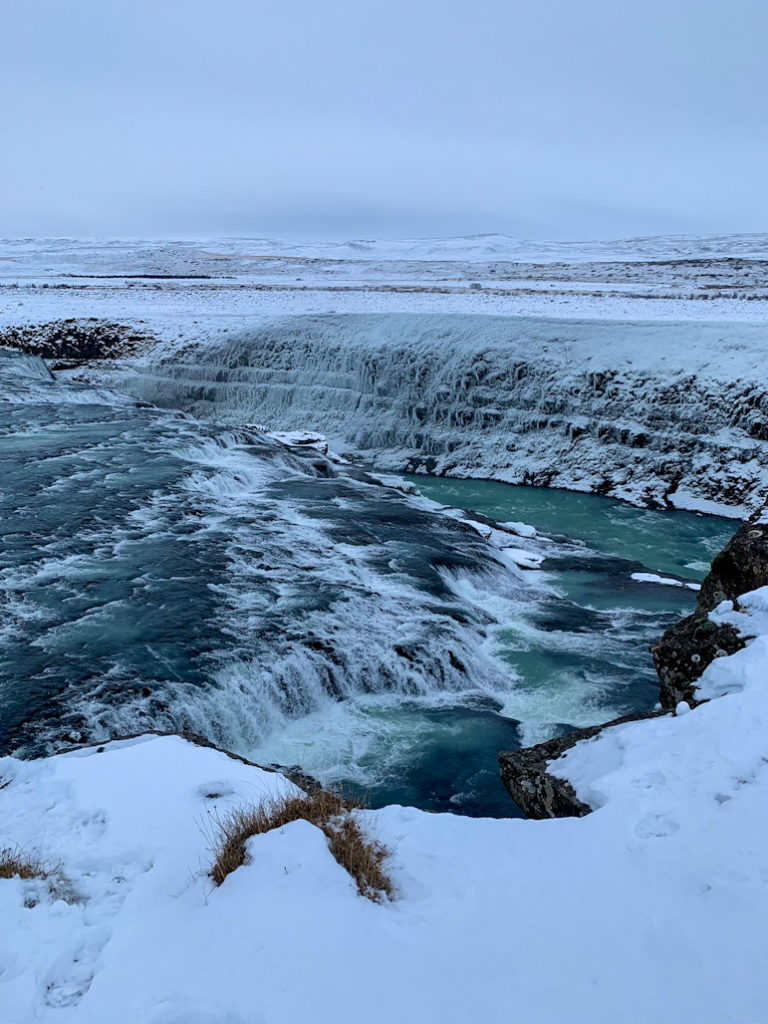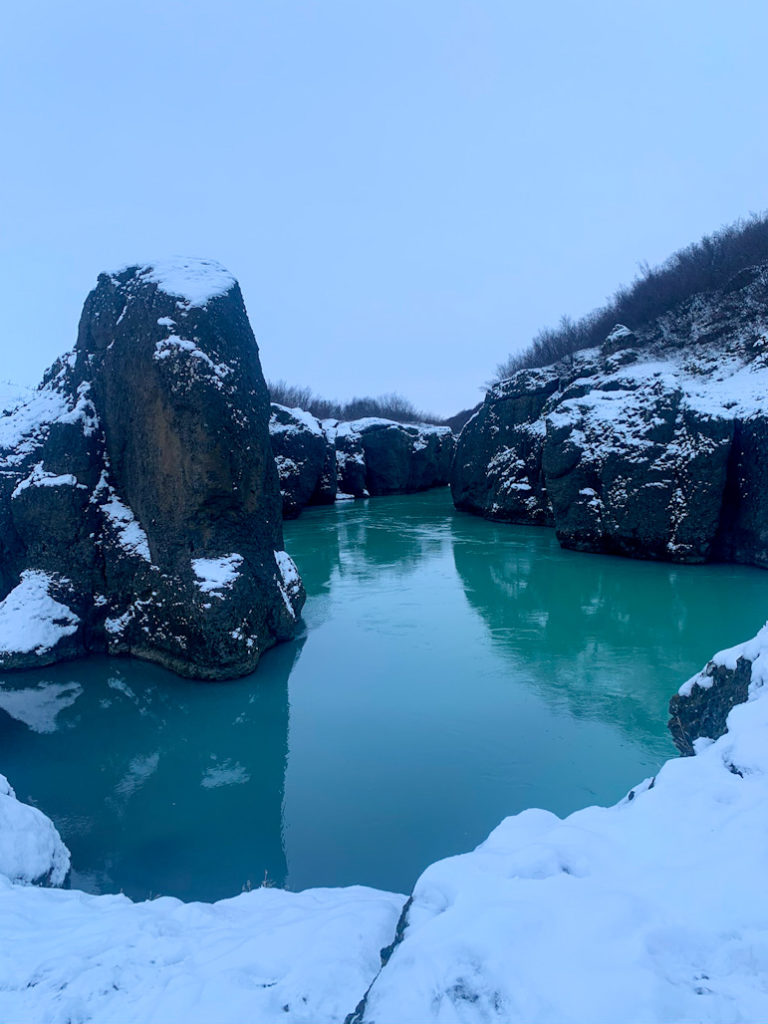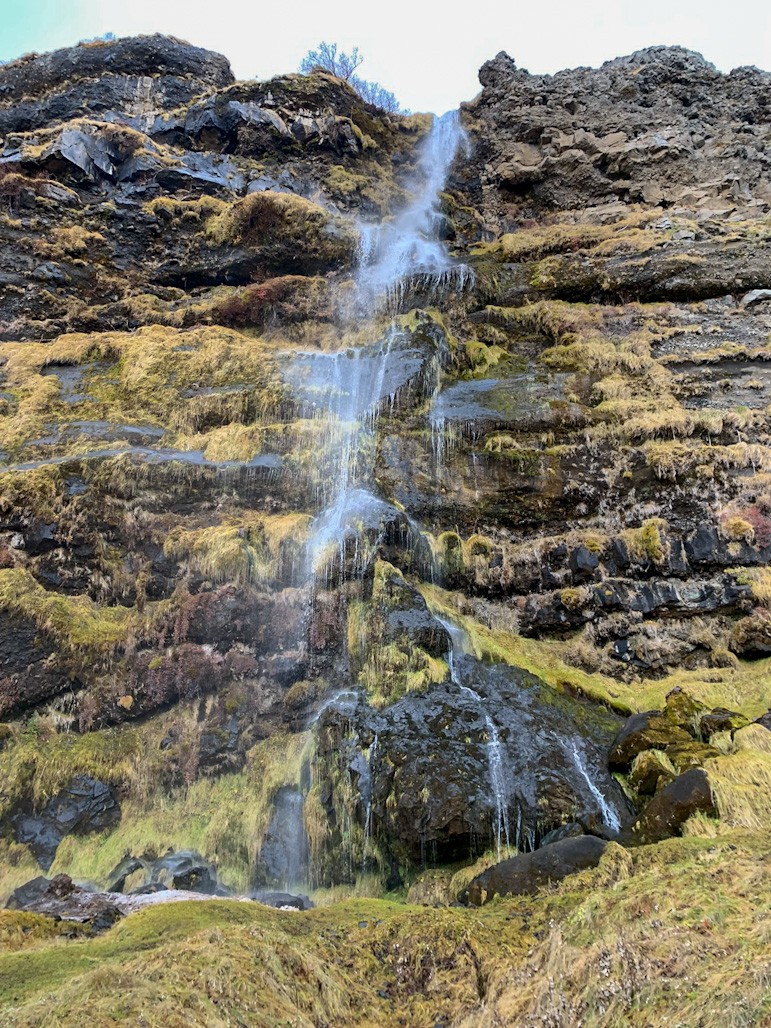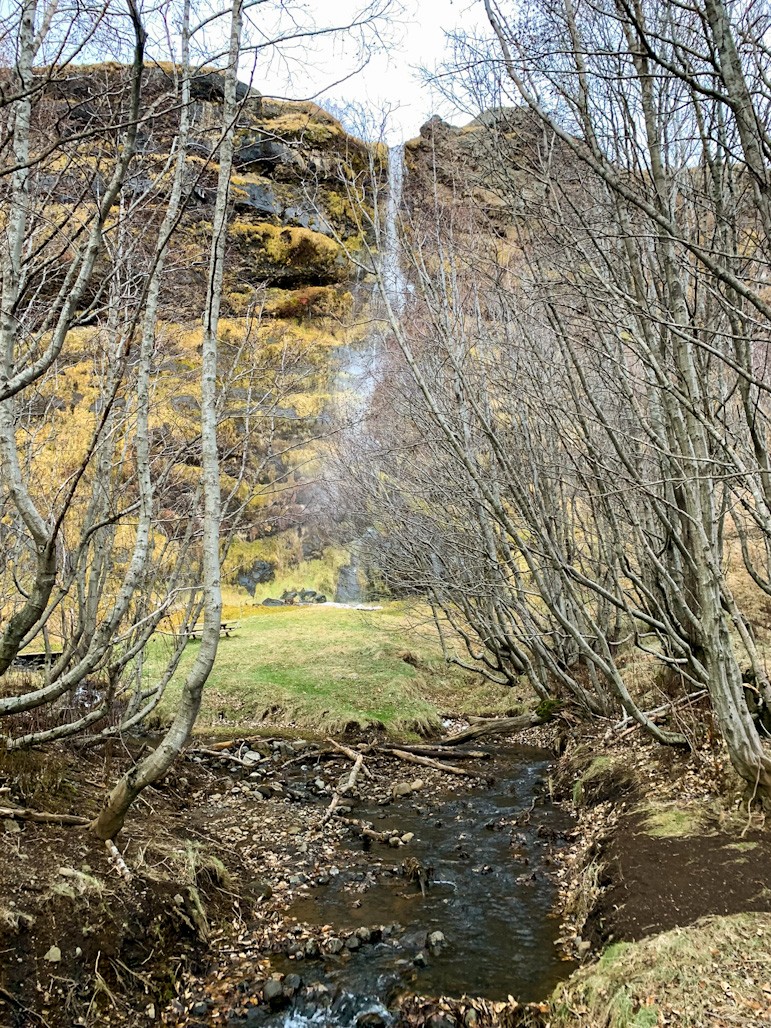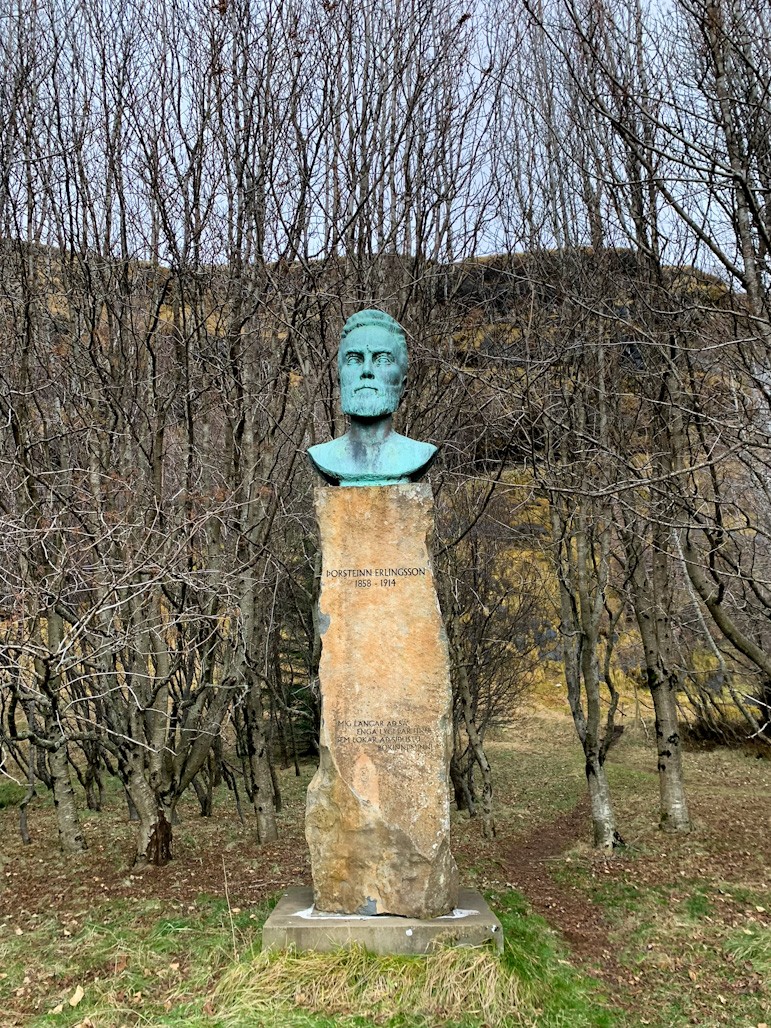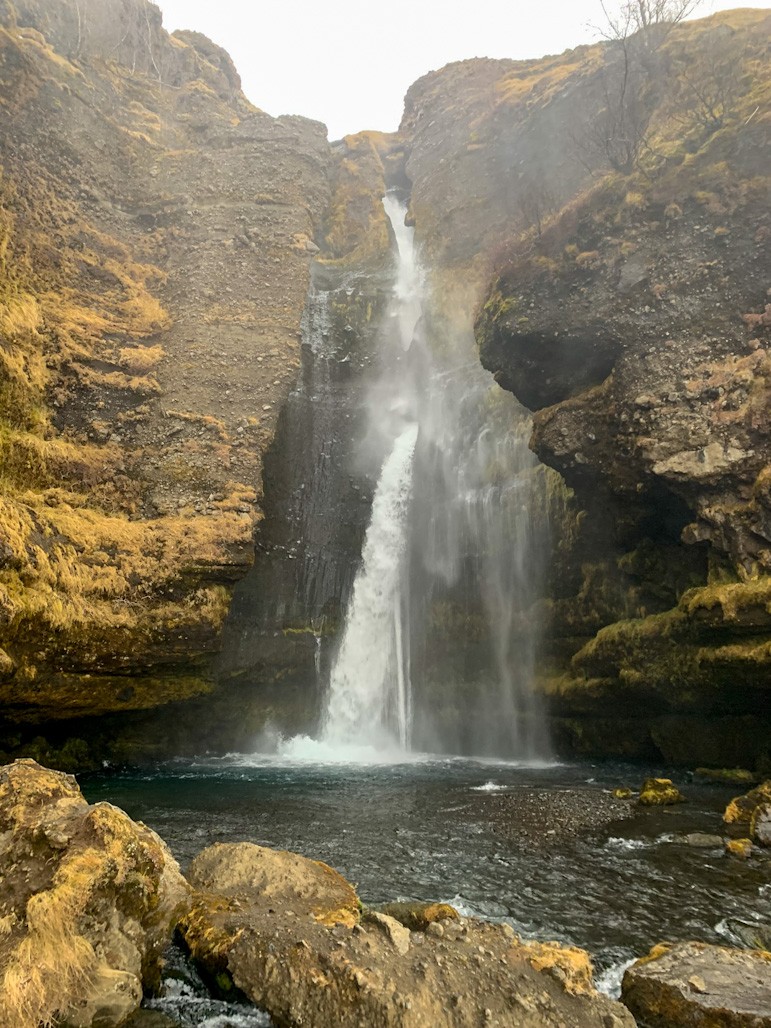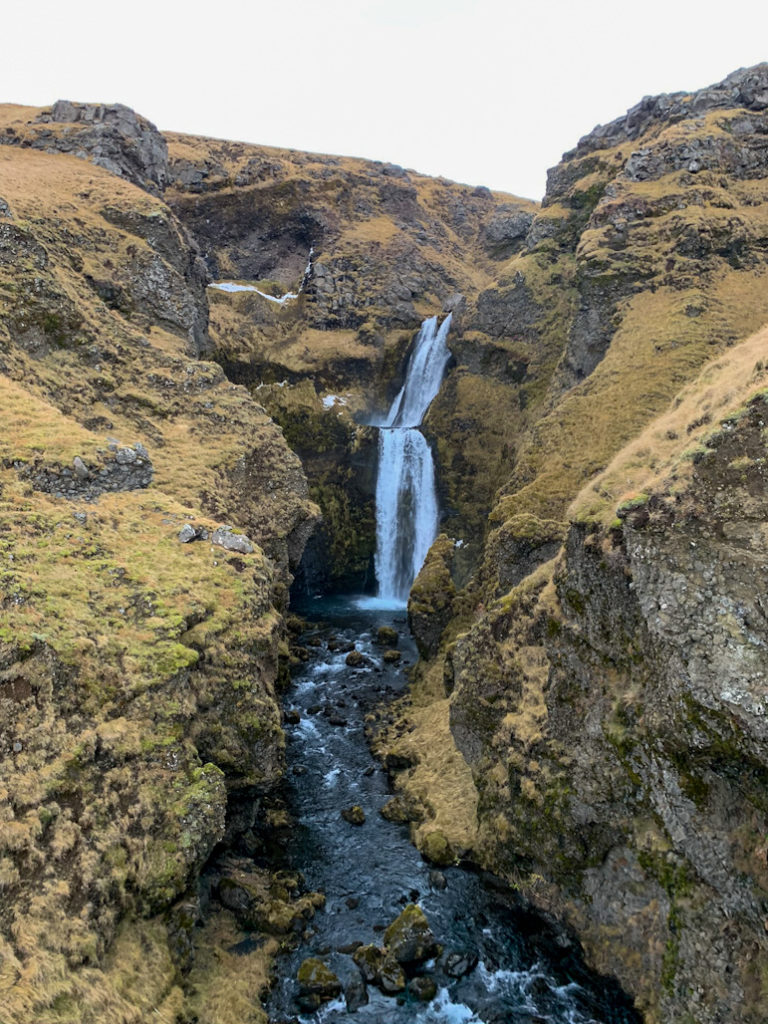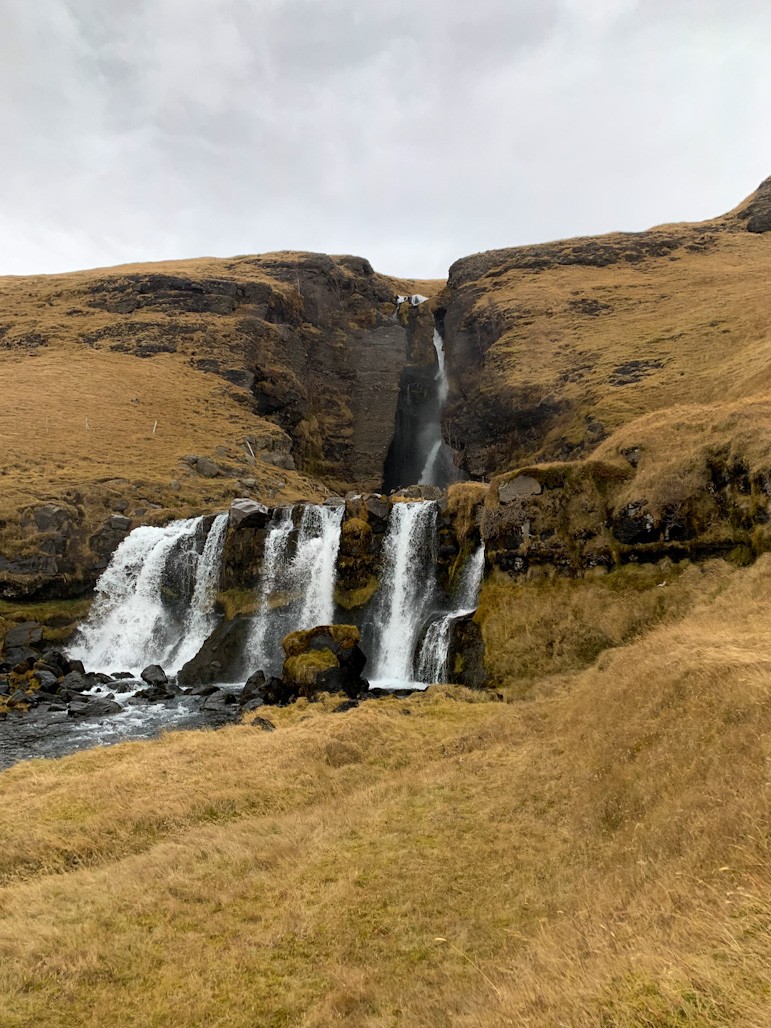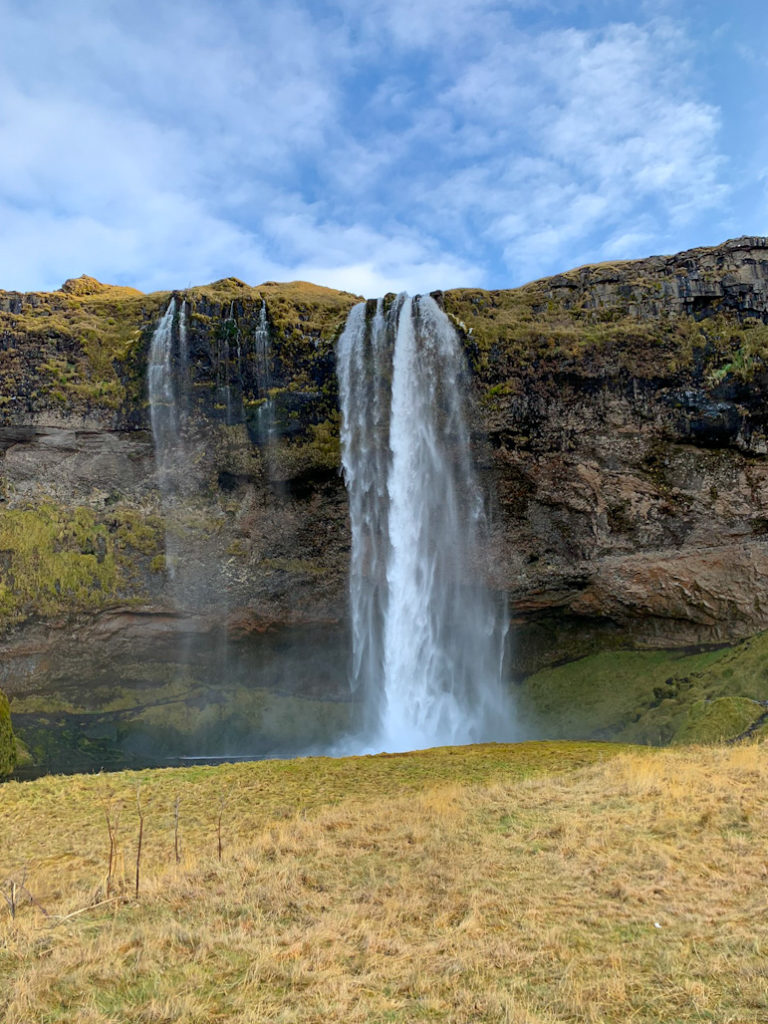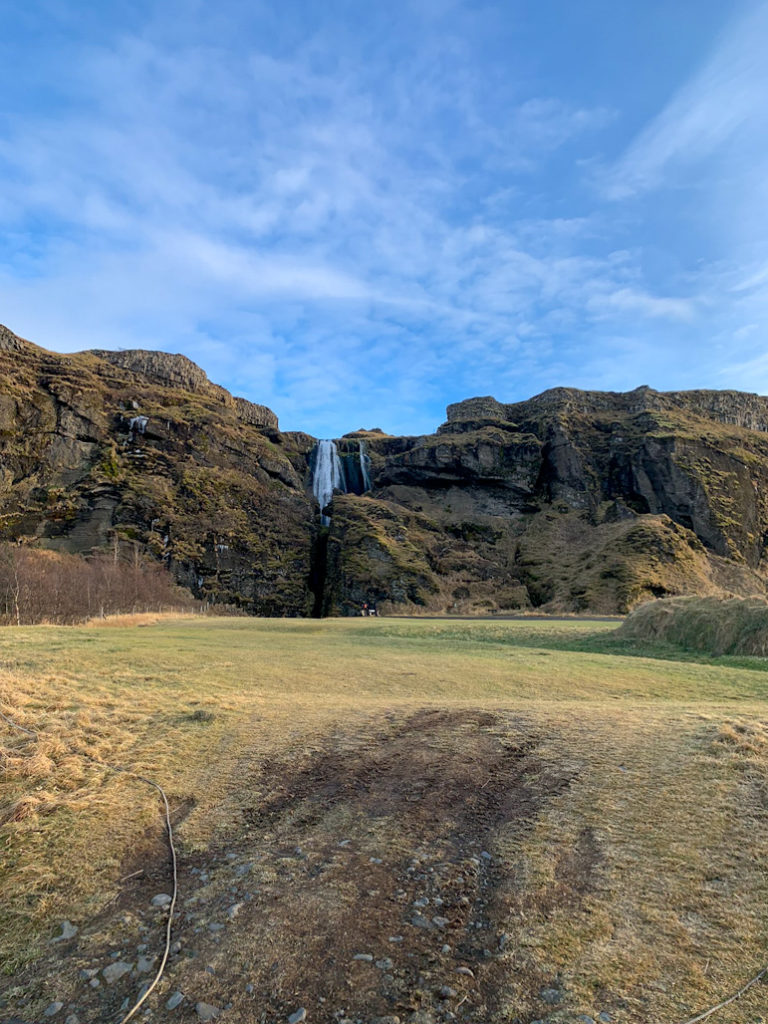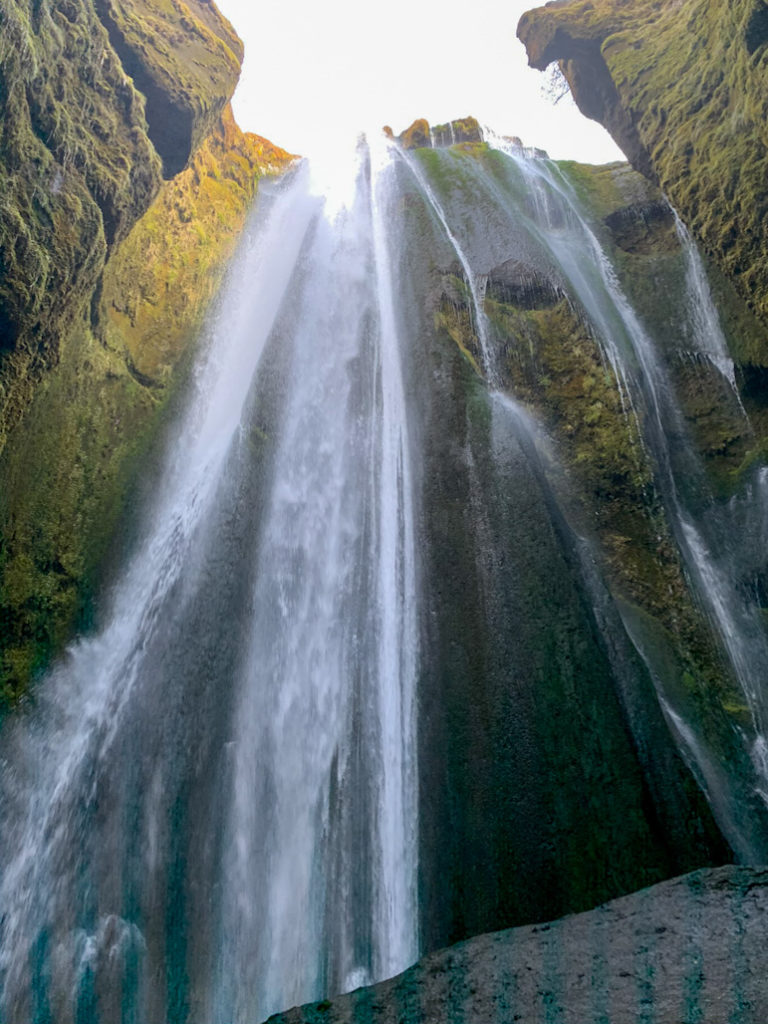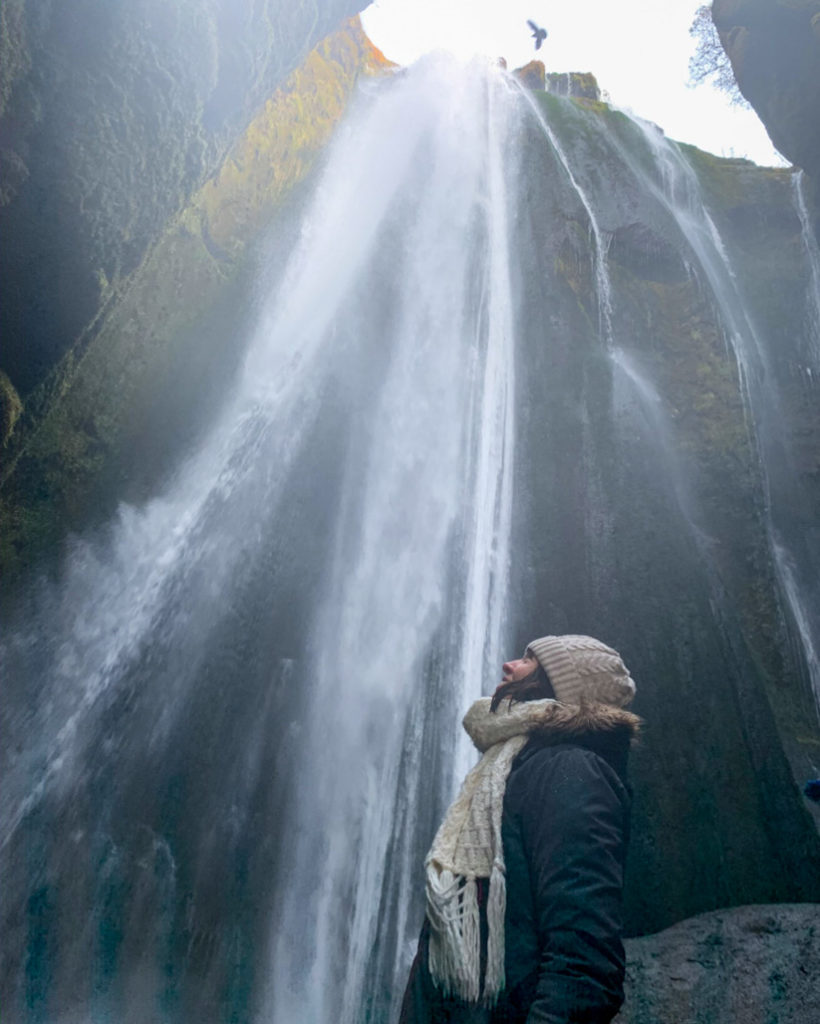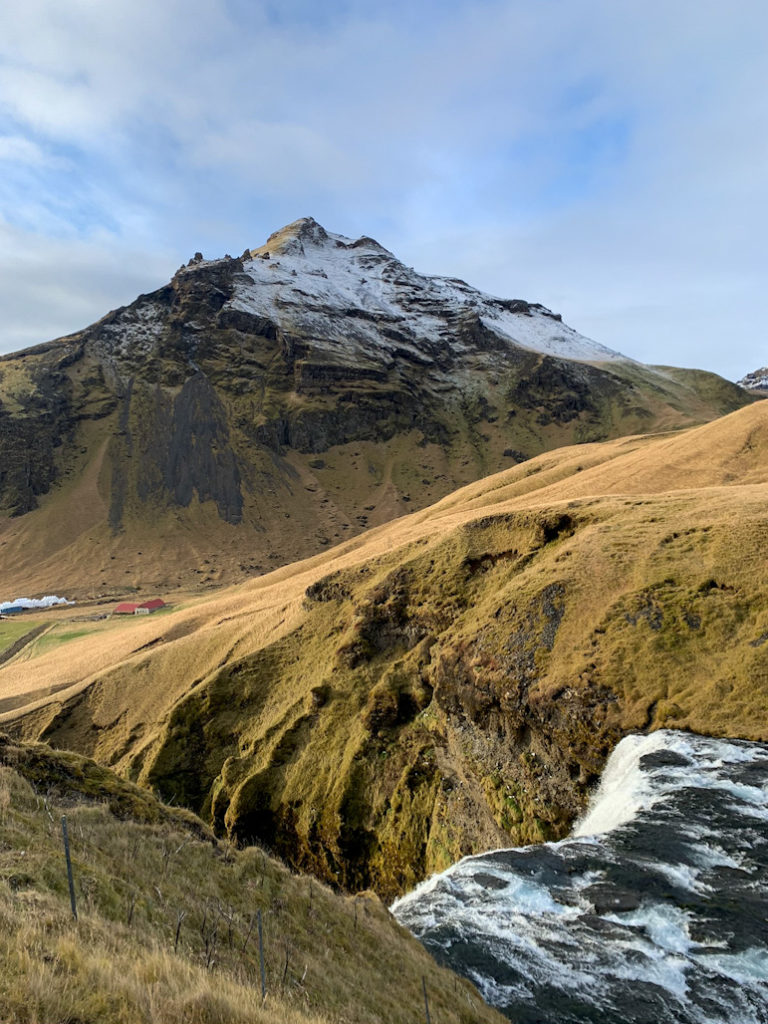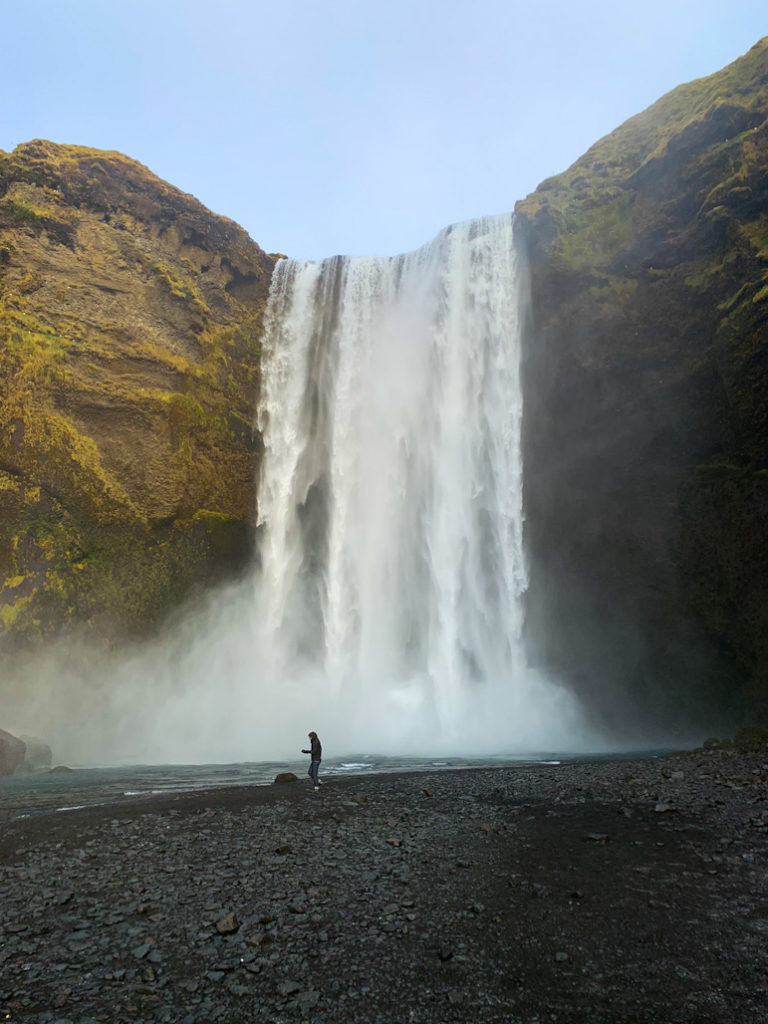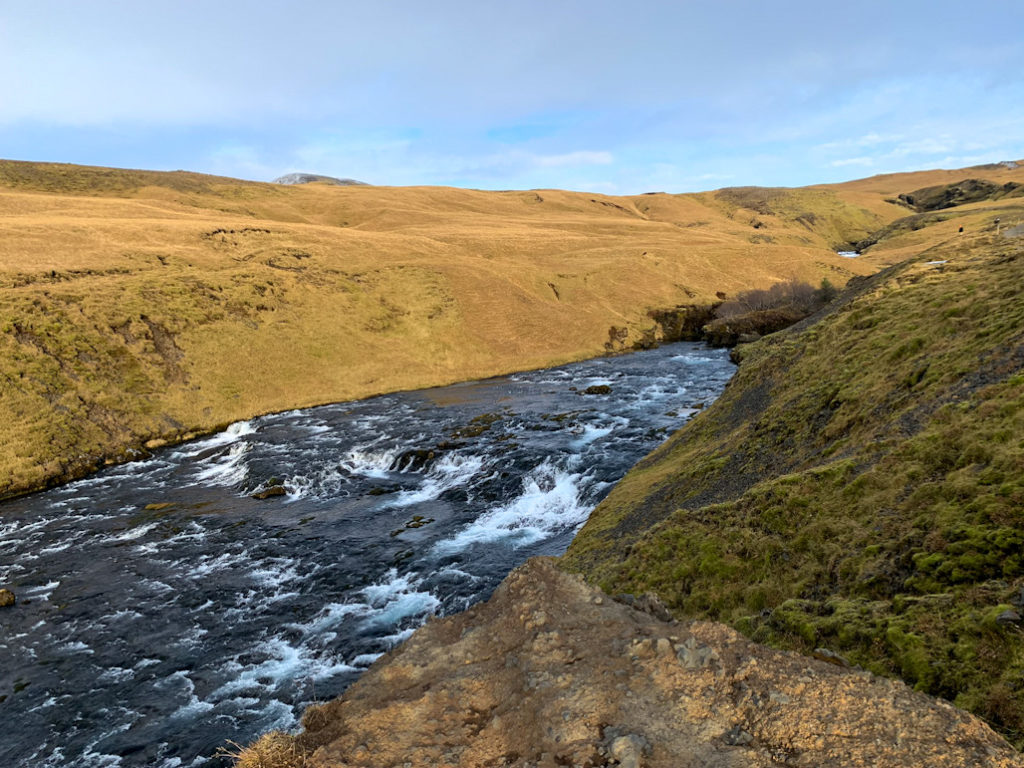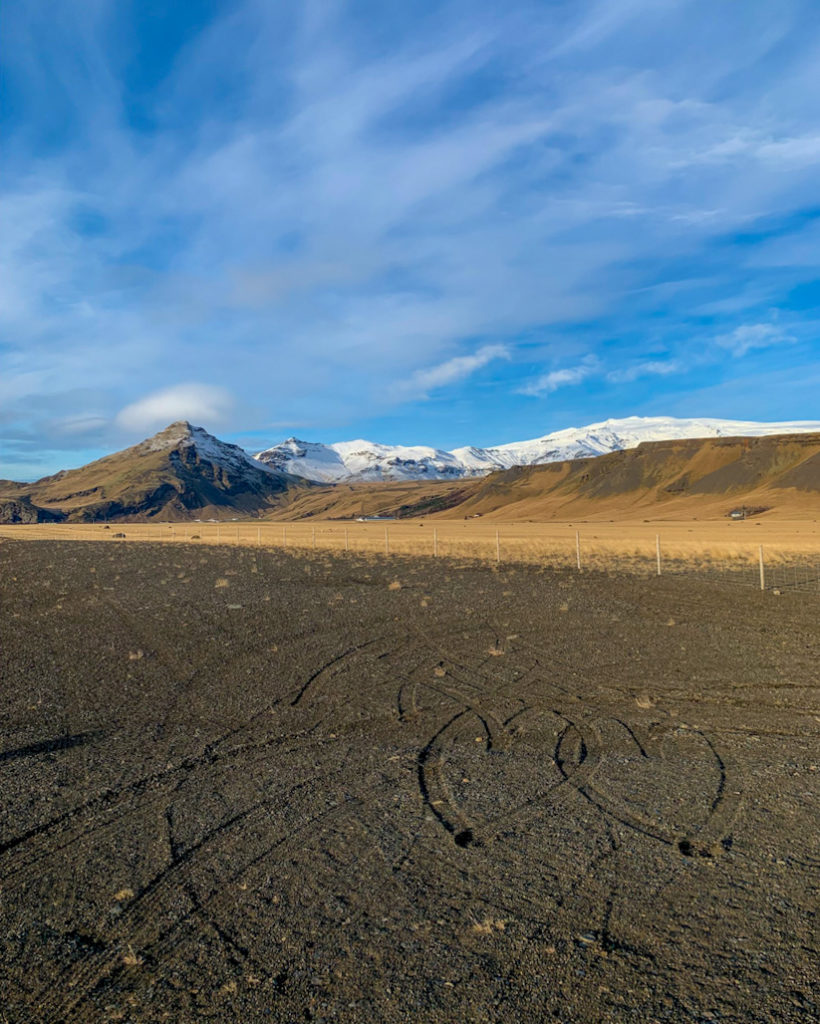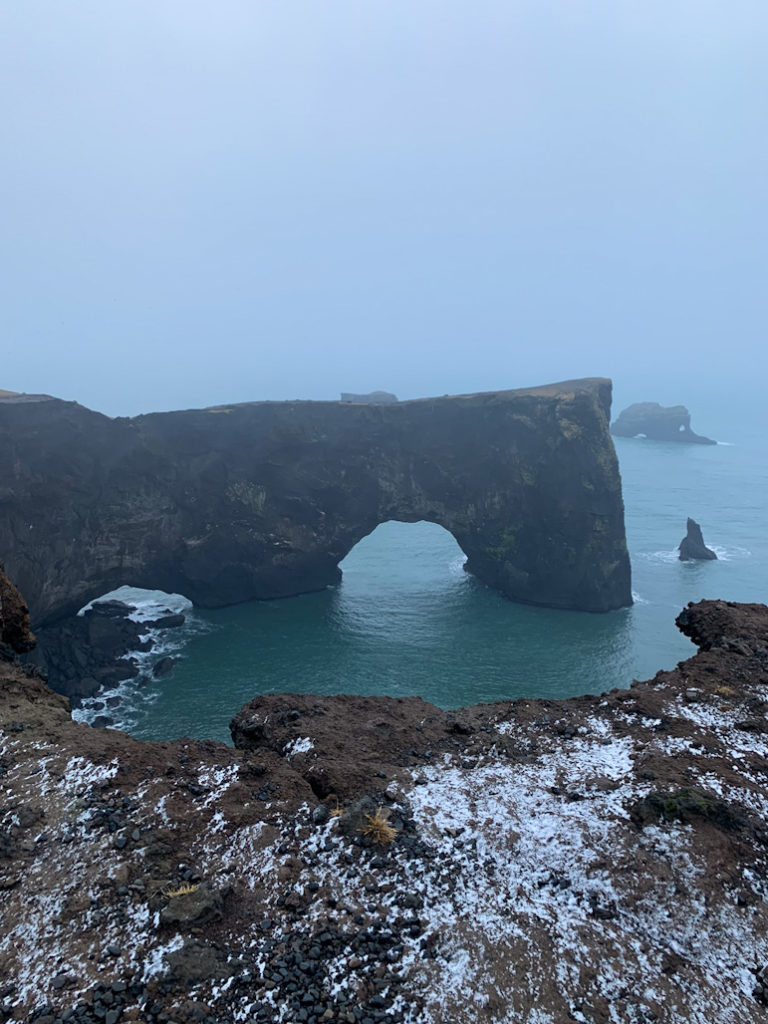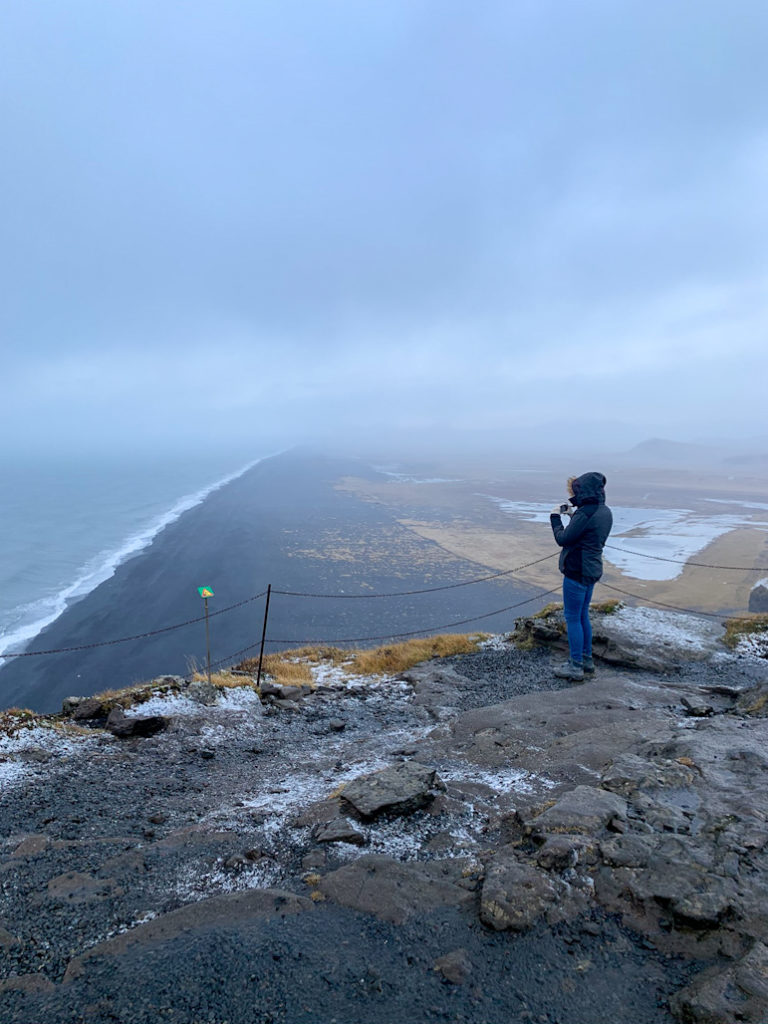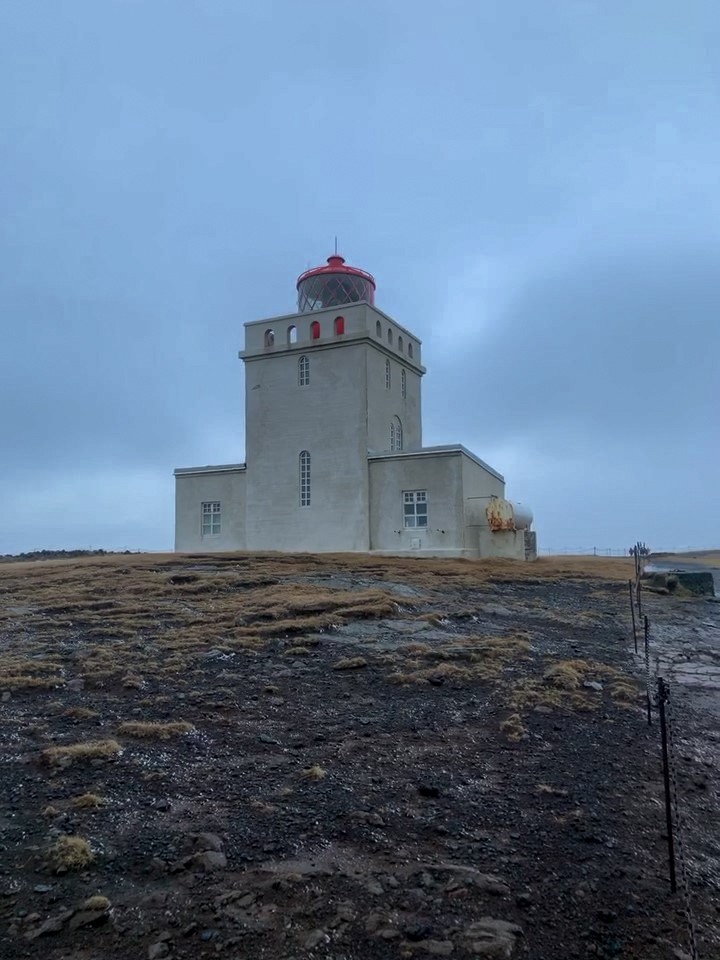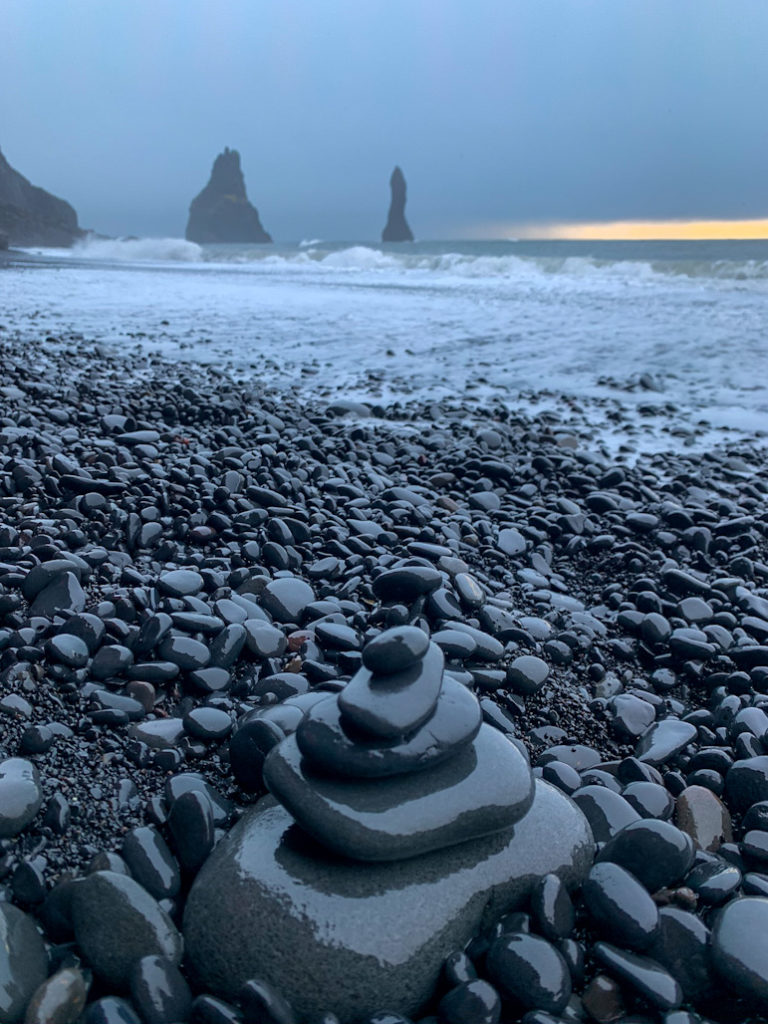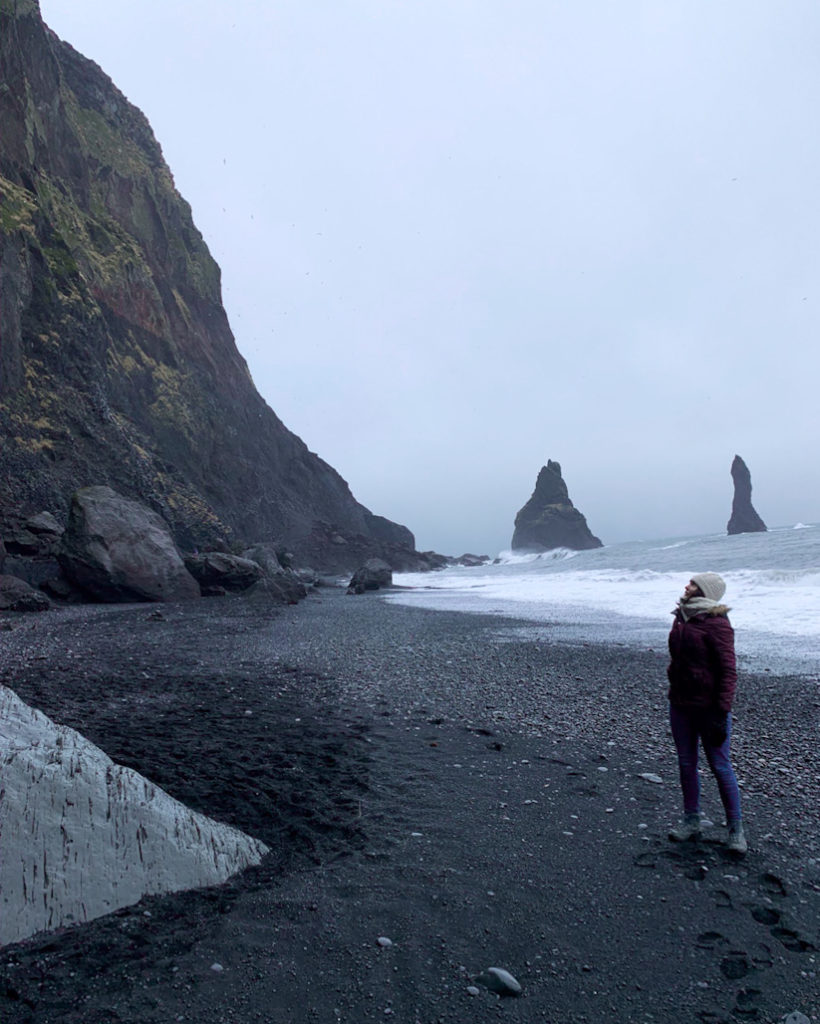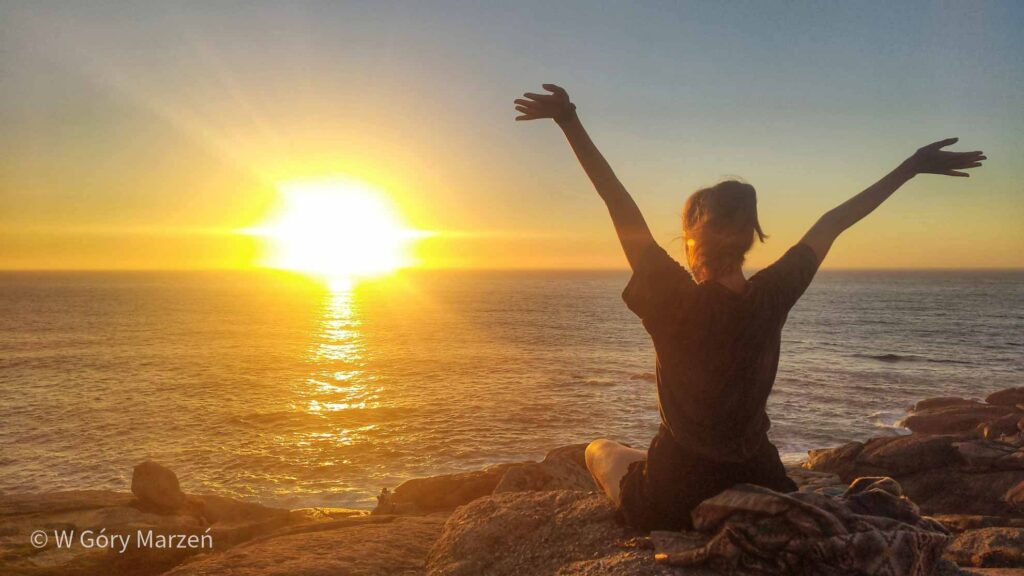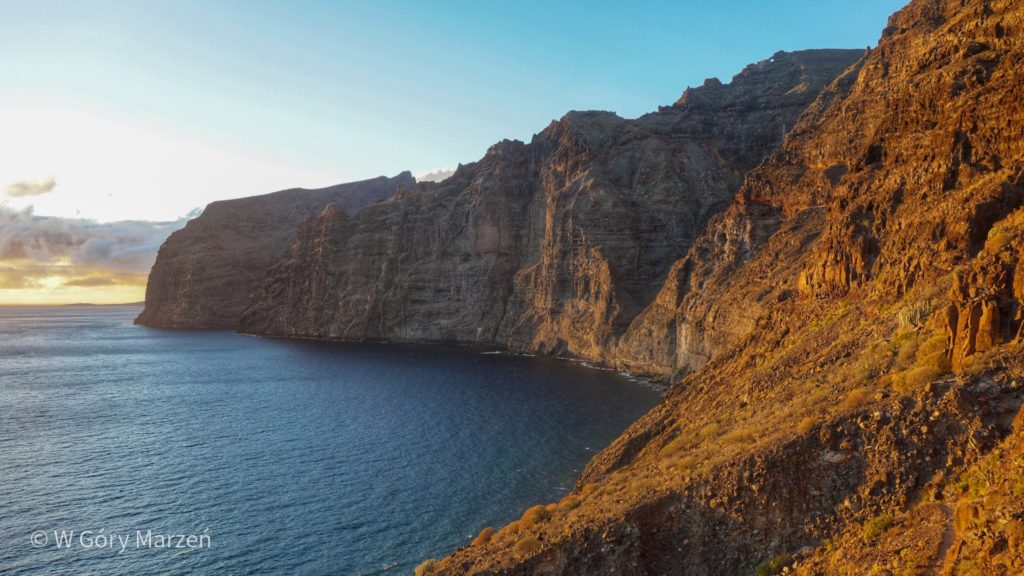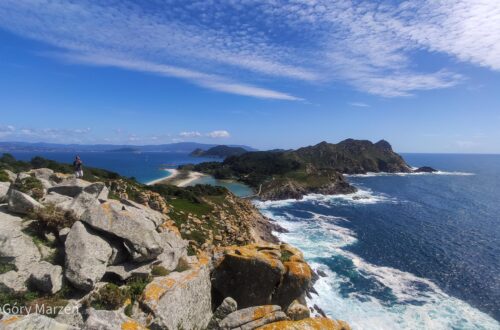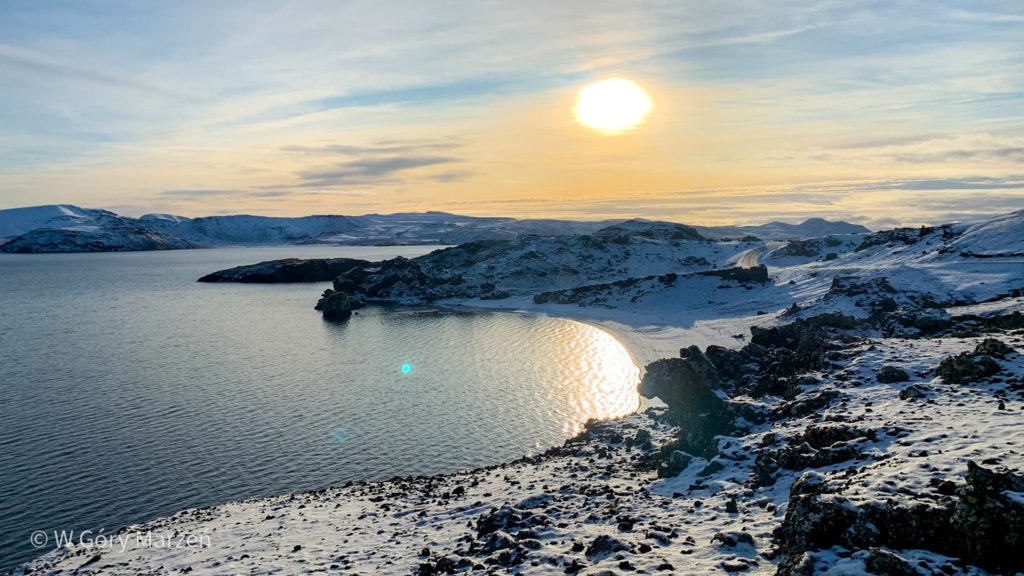
Iceland – what to see in south-west Iceland, Golden Circle
Iceland is associated with the land of ice and fire. It is an island in the Atlantic Ocean known for its volcanoes, glaciers, waterfalls and mostly unpopulated areas. It enchants with its prisy nature.
Iceland – when to go?
There are many places worth visiting if you are going to South-West Iceland. To get around Iceland, it is best to choose a car,especially in the off-season which falls on May-September. The sheer joy of traversing the island and admiring the views from the vehicle window. I went to Iceland at the beginning of November for a week of time. I think it’s the perfect amount of time to explore this part of the island peacefully. November, like every month, has its pros and cons. The pros certainly include a smaller number of tourists and unusual landscapes, the opportunity to see 4 seasons in one day,and if we are lucky, maybe we will find the Northern Lights. On the other hand, the day is shorter, it is colder and not all attractions are so spectacular. For example, the approaches to some waterfalls may be closed.
Lake Kleifarvatn
I started my adventure with the nature of Iceland on the way from Keflavik airport to Reykjavik. All we have to do is turn south and get overezioro Kleifarvant. It is a beautifully situated lake and a place rather not very popular.
Hot Springs Krýsuvík
A few minutes by car from the lake there are hot springs Krýsuvík. Maybe there are no geysers bursting into the sky, but it’s still worth going there and seeing what these hot springs are all about.
Þingvellir National Park
The journey from Reykjavik can start with the so-called Golden Circle, a one-day tour of the most interesting attractions in the vicinity of the capital of Iceland. Moving northeast of Reykjavik we will get to the Þingvellir National Park. It is the meeting point of two tectonic plates:Eurasian and North American. The prospect that this is where these huge plates meet is impressive! One of the attractions of the park is the possibility of diving a few meters deep into the gap between the tectonic plates.
Kerið Crater
The next point on the route is the only paid attraction – admission to the lake in the crater of the Grímsnes volcano. I was not impressed by the crater, but fresh snow just fell. When there is no snow, you can supposedly see magically colored water in the lake created in the volcano. I also plan to visit this place again, only during the warmer season.
Geysir
The next attraction of the Golden Circle lies about 50 kilometers, driving southwest into the depths of the island. There is the largest active geyser in Iceland – Strokkur. Every 15-20 minutes it explodes to a height of about 30 meters.
Gulfoss Waterfall
The last point (or the first if we are going from the south of the island) of the Golden Circle is the two-case Gulfoss waterfall. In the summer, we can walk along the footbridge to the waterfall itself. It is better to prepare then and wear waterproof clothes. With fresh snowfall, the road to the waterfall itself was closed, but there were also very few people. The enormity of the water flow is impressive! There is also a legend associated with this place, about a girl who threw herself into a waterfall to defend it from being put on a hydroelectric power plant.
Waterfall Þorsteinslundur and Gluggafoss
Iceland is famous for its waterfalls.Among the lesser-known and less visited attractions are the two waterfalls Þorsteinslundur and Gluggafoss. To get to them we have to leave the main road No. 1. It is a very intimate place and there was no tourist on both waterfalls except us 🙂
At Þorsteinslundur there are several picnic tables and a bust of the poet Þorsteinn Erlingsson, who was looking for artistic inspiration at this waterfall. The name of the waterfall comes from his name.
Gluggafoss is a several-cascade waterfall and to see the higher cascades you need to climb to the top. They are not visible from below. The place is interesting and worth a visit.
Seljalandsfoss waterfall
The next point is the already more famous Seljalandsfoss Waterfall. In November, unfortunately, we will not come too close to the water. This waterfall is also worth visiting in the summer, when we can walk along the path behind the water wall.
Gljúfrafoss Waterfall
A few hundred meters from Seljalandsfoss there is a gljúfrafoss waterfall hidden between the rocks. To get to it you need to cross a small river formed by flowing waters. The waterfall creates an amazing atmosphere and is definitely a point worth visiting. In the off-season there were a lot of people here,so I wonder what happens there in the summer 😉
Skógafoss Waterfall
One of the most famous waterfalls on the island is Skógafoss. It is a powerful and beautifully situated waterfall, which we can also see from above. Stairs and a footbridge lead to the top. At the top we can go for a short walk along the river and admire the piling up mountains. A must-see!
Dyrhólaey Peninsula
Driving further south of Iceland towards the town of Vík we get to the ocean. On the way from the Skogafoss waterfall we can also stop at the ruins of the plane on the beach Sólheimasandur. However, I missed this point, because I am more interested in natural attractions, and the Dyrhólaey peninsula is certainly one of them. It is about a beautiful promontory, from which there is a view of the black beach on one side and incredibly formed rocks on the other. There is also a lighthouse on the peninsula.
Black beach Reynisfjara
The last item on the list is the black beach of Reynisfjara known for its unusual rock formations.
Blue Lagoon
Being in the vicinity of Reykjavik or already heading to the airport, it is worth resting after an intensive sightseeing. One of the best places for such a rest are hot springs combined with SPA – Blue Lagoon. Unfortunately, we were not very lucky, because the wind was incredibly strong and cold. However, staying most of the time under water could withstand 😀
Iceland Summary
To sum up, Iceland has a lot to offer at any time of the year,especially since the weather changes here very often. Cold and strong winds, in autumn shining briefly sun give experiences typically northern expedition. Clean air, glaciers, waterfalls and endless spaces. I highly recommend going with warm clothes and convincing yourself of the beauty of the island.
